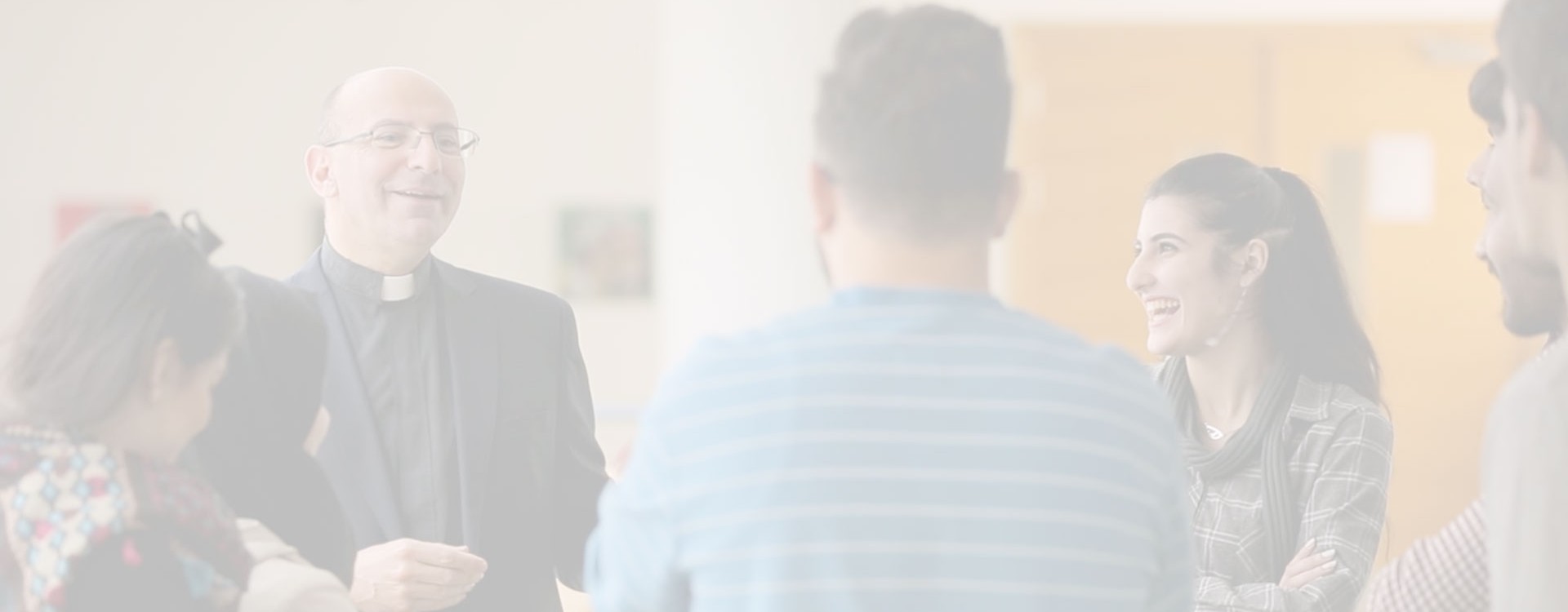Two million Palestinians call the Gaza Strip home, making it one of the world’s most densely populated geographic areas. Palestinians in Gaza have been living in an open-air prison environment since 2007, as Israel has denied them free access to the remainder of the Occupied territory or anywhere else in the world. Restrictions imposed by Israel affect water supply, power supply, food access, and continue to further the collapse of the economy, with unemployment reaching 52% in 2018. Despite the collective punishment imposed on the civilian population of Gaza, Gazans continue an unprecedented resilience through embracing “Existence is Resistance.”


DAK University has established a crucial presence in Gaza with its Dar al-Kalima Gaza Training Center, focusing on psychosocial support through the arts. The October 7th attack by Hamas triggered an Israeli military response with the ultimate goal of the Israeli assault being to make life in the Gaza Strip unlivable.
.jpg)
In addition to depriving people of medical assistance, and adequate shelter or sanitation, thousands of patients are suffering from kidney failure, heart disease, and cancer, dying from lack of access to health services. Thousands are suffering from diseases such as polio, hepatitis, and other infections due to a lack of vaccines, clean water, or hygiene. In addition, Israel is using starvation as a weapon by depriving access to adequate food and water and blocking supplies from entering Gaza. Israel has dropped close to 100,000 tons of explosives on the Gaza Strip, including 2000-pound dumb bombs, equivalent to several nuclear bombs. The assault on Gaza has caused serious bodily and mental harm that will take decades to heal. These policies and the excessive and disproportionate use of force amount to genocide according to the International Court of Justice. Israel’s ultimate aim is to make life in Gaza so hellish that those surviving the genocide will have no choice but to seek refuge elsewhere, thus ethnically cleansing Gaza.
Despite the destruction of the Gaza Training Center in April 2024 and the loss of two staff members, 36 volunteers currently organize psychosocial activities in shelters to help children cope with trauma. In the first six months of this year, the DAK Gaza Center conducted 180 psychosocial activities, reaching at least 3,600 children aged 6 to 15. Activities included music and dance therapy, art projects, and storytelling, all aimed at helping the children manage their fears and anxiety. The response from both children and parents was overwhelmingly positive, with many requesting similar activities for caregivers.
DAK is also supporting university students in Gaza, whose campuses have been destroyed, by facilitating their education under challenging circumstances. The organization has collaborated with Palestinian universities in the West Bank to ensure students receive accreditation for their courses, helping to restore lost academic records.
In a pilot phase launched in the Summer and Fall of 2024, DAK offered art-related courses and received 1,662 applications, ultimately accepting 564 students. This response underscores the significant need and hope among young people for a better future. Many students have demonstrated remarkable dedication, overcoming obstacles to participate in their education, such as walking long distances to access Wi-Fi for live classes.
















